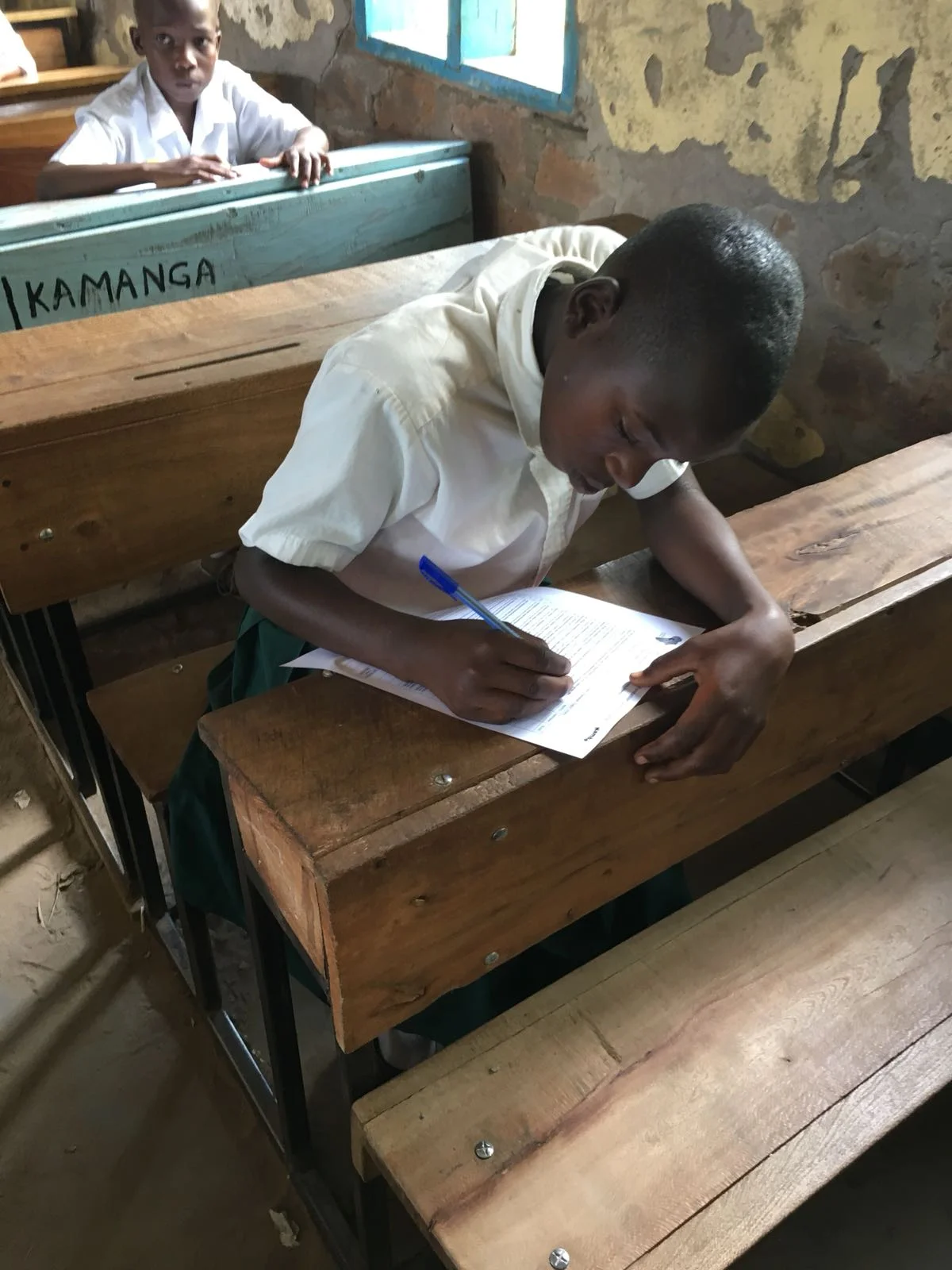When we talk about our community based rehabilitation outreach programme for people with disabilities, we often mention the provision of Occupational Therapy services alongside medical services.
But what is Occupational Therapy exactly? In the words of our Occupational Therapist, Daniel: “Occupational Therapy is a client-centred approach which is focused on the promotion of the health and well-being through meaningful and purposeful activities that are age and gender appropriate as well as culturally accepted”.
Even in most Western countries, Occupational Therapy is not something that is widely known. Here in Tanzania, where many people don’t even have access to very basic healthcare services, you hardly find a person who has heard of Occupational Therapy let alone is familiar with the practice.
There is only one university in the whole country that offers studies to become an Occupational Therapist and in 2019, Daniel’s graduation year, there were only 30 students.
Apart from the service and its health benefits being rather unknown, another challenge Tanzanian Occupational Therapists struggle with is the procurement of specialised equipment. Not only is it hard to find, but once sourced, it can also be really expensive.
To bridge this gap, Daniel got creative! It is really impressive what you can do with a little cardboard and a utility knife – but see for yourself what he has crafted!
Occupational Therapist Daniel explains below his innovative use of everyday materials to aid patients regain movement.
The Puzzle
The beloved children’s game can function as OT equipment. Daniel is presenting us a puzzle made out of cardboard for his youngest patients. It improves the children’s shape identification and problem-solving skills and further enhances their motor and coordination skills.
The Range of motion Arc
This interesting looking therapeutic equipment uses a bio-mechanical approach. It promotes and improves the range of motion of the patient’s shoulder, elbow, wrist and joint and is used in all cases where the range of motion of the upper extremities is limited, for example due to a stroke, burn or head injury.
Lid Activity
The lids are used to practice and improve grasping skills, hand-eye coordination and range of motion by opening and closing the lid. It is used for all cases in which the patient shows a limited hand function and, with practice, helps them to perform activities of the daily life such as opening and closing windows and doors or – you guessed it – bottles.
In case you got curious and want to see more of the equipment Daniel and the team have crafted, check out how he created a device for mirror therapy .
Act now to support us further.
Thank you.

